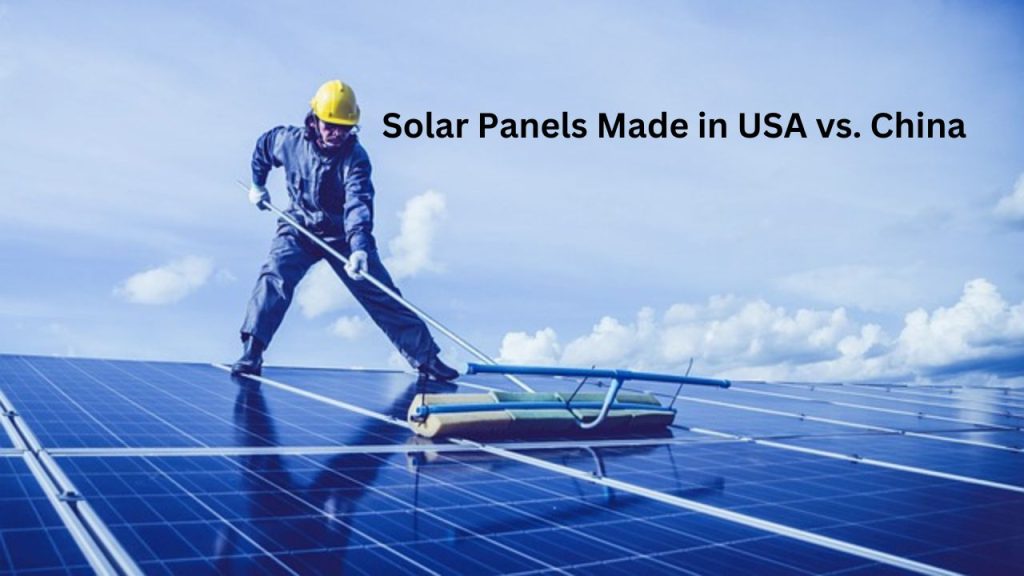Explore the key differences between solar panels made in USA vs. China, covering production, quality, and future trends in clean energy. Learn how American-made solar panels compare to Chinese alternatives and what it means for the solar industry.
The Evolution of Solar Panel Manufacturing in the U.S. and China
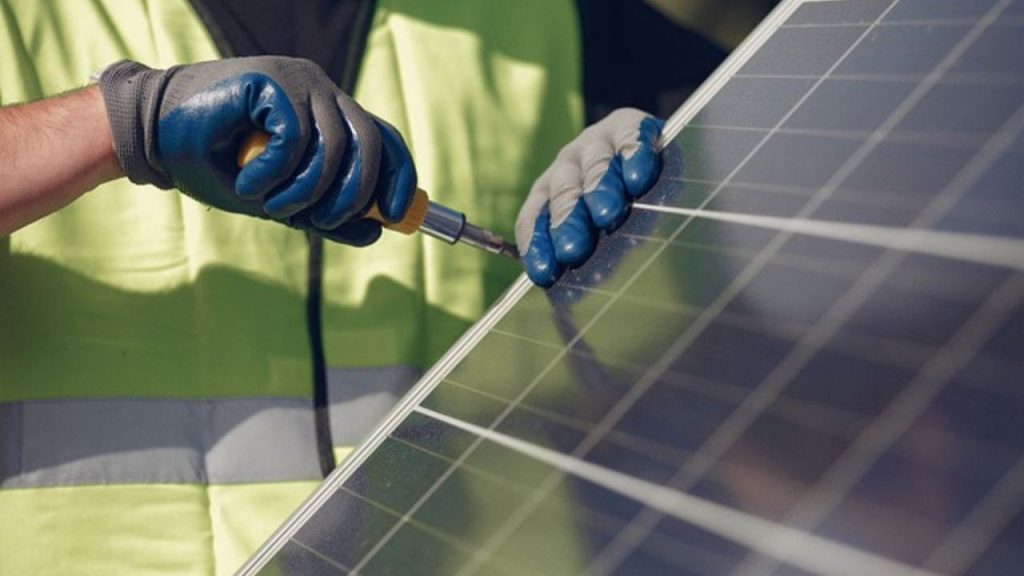
The U.S. and China have developed contrasting paths in solar panel manufacturing. The U.S. initially led in solar technology innovations in the 1950s and 60s, producing high-quality panels for specialized uses, especially for space applications. However, as demand for solar panels grew globally, China ramped up its manufacturing capabilities in the early 2000s. With strong government support, lower labor costs, and economies of scale, China now dominates solar production, supplying affordable panels worldwide. Meanwhile, the U.S. focuses on high-efficiency, durable panels, aiming to grow its domestic market with policies favoring renewable energy.
Can the U.S. Lead the Future of Renewable Solar Energy?
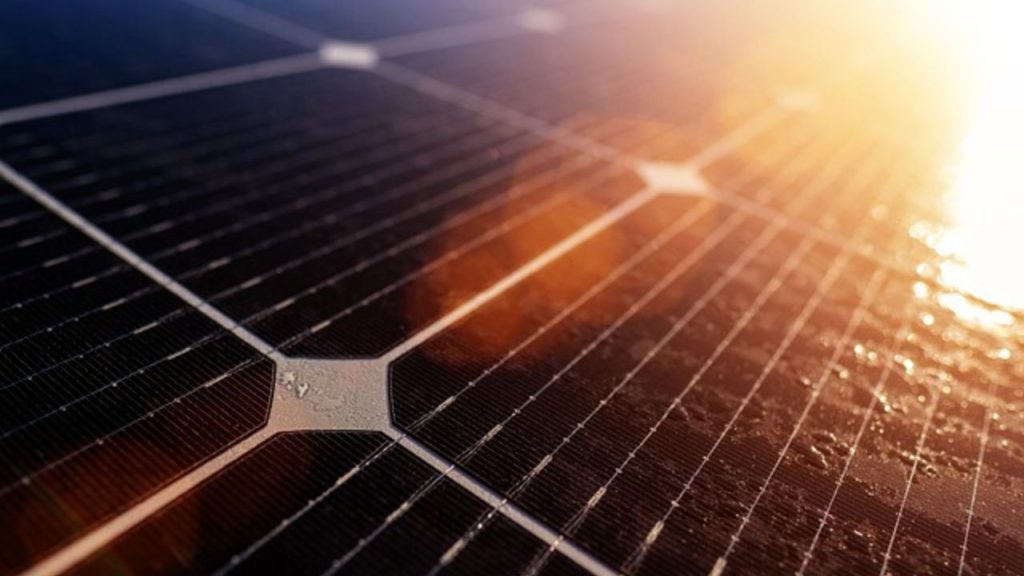
With its strong legislative backing and capacity for innovation, the United States has the potential to become a leader in renewable solar energy. By providing tax credits and other incentives, recent programs such as the Inflation Reduction Act promote domestic solar manufacture. Solar energy will be essential as the nation works toward net-zero carbon emissions by 2050. But in order to take the lead, the United States will have to increase output, cut expenses, and build a robust raw material supply chain. The United States wants to increase its influence in the renewable energy industry by emphasizing high-quality goods and technical developments.
Which Country Dominates Global Solar Panel Production?
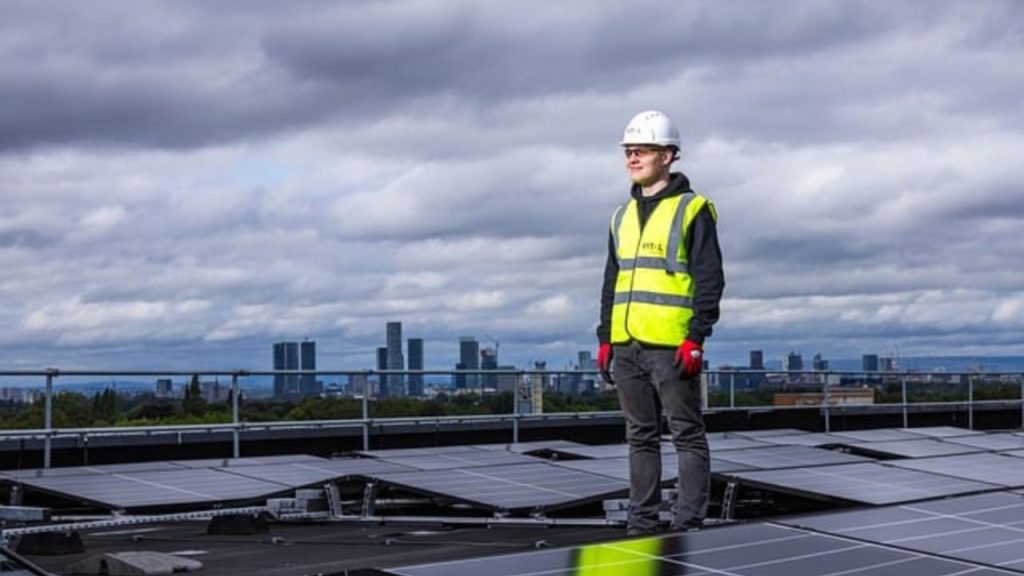
With more than 70% of the market, China is the world leader in the manufacture of solar panels. Due to the quick growth of its government-supported solar sector, China is now able to manufacture large quantities of reasonably priced panels. Although this industrial scale has increased global access to solar energy, it has also resulted in a reliance on Chinese panels. In an effort to diversify the global solar supply chain and lessen dependency on China, other nations—including the United States—are increasingly investing in local manufacturing.
Are There Solar Panels Manufactured Outside of China?
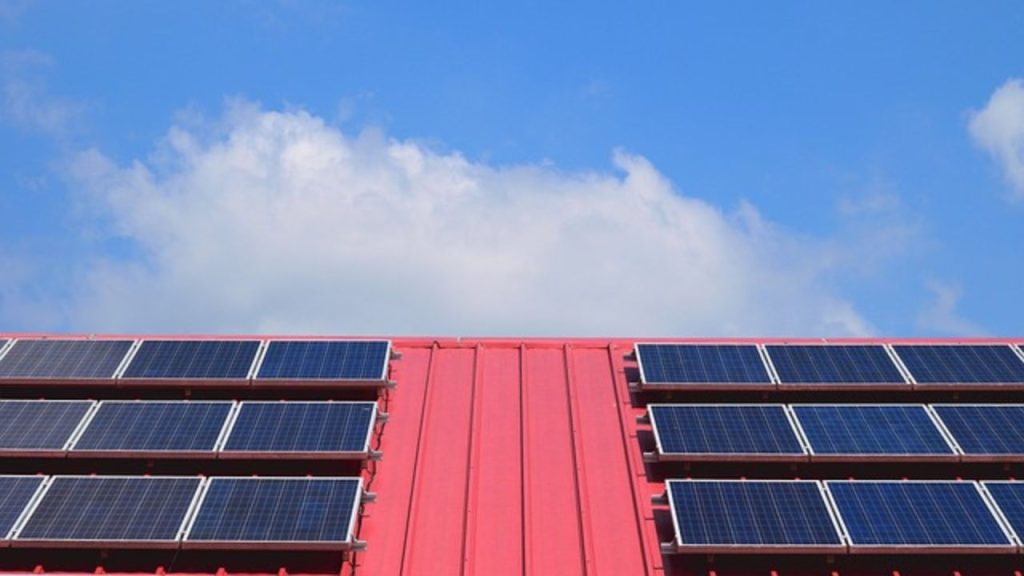
Indeed, solar panels are produced in countries other than China, such as the United States, South Korea, Germany, and Japan. Numerous American businesses manufacture effective, high-quality panels in the country, especially for consumers who value sustainability and quality. European nations that prioritize eco-friendly and efficient manufacturing, such as Germany, also contribute to the market. In an effort to lessen their dependency on Chinese imports, nations are investing more in their own solar manufacturing capacities as the need for diverse sources rises.
How Many Solar Panels Are Currently Made in the United States?
About 10% or less of the world’s supply of solar panels is produced in the United States. However, the U.S. is trying to raise its share due to supporting government policies and growing interest in local manufacturing. The United States hopes to create jobs, lessen reliance on imports, and contribute to a sustainable clean energy future by encouraging domestic manufacturing.
Do U.S.-Manufactured Panels Differ in Quality from Chinese Panels?
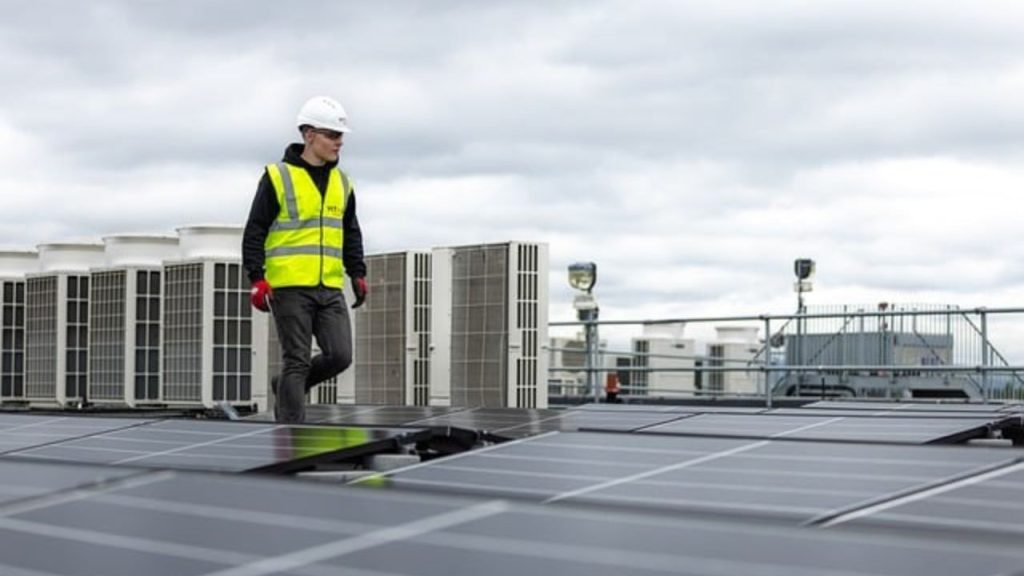
Indeed, the quality, durability, and design of panels made in the United States can differ from those made in China. American panels are usually made with longevity and efficiency in mind, frequently utilizing cutting-edge materials and technology. American producers produce panels that are renowned for their dependability by placing a high priority on environmental regulations and quality control. Although they are widely accessible and reasonably priced, Chinese panels are primarily focused on mass production, which makes them more accessible but frequently results in different quality levels depending on the producer.
Advantages of Choosing American-Made Solar Panels
High efficiency, longevity, and adherence to stringent environmental regulations are just a few advantages of solar panels manufactured in the United States. These panels lessen reliance on imports, boost local economies, and provide jobs. Furthermore, American panels are frequently made with longer-term performance guarantees and stronger warranties, which appeals to consumers who value sustainability and dependability. American-made panels are prized for their superior quality and cutting-edge technology, although usually being more costly than Chinese alternatives.
FAQ
1. What are the main differences between U.S.-made and Chinese-made solar panels?
Because of its superior technology and strict quality control requirements, solar panels built in the United States are frequently linked to greater quality, efficiency, and longevity. They often have longer warranties and are made to adhere to stringent environmental regulations. Since China produces more than 70% of the world’s panels due to cheap manufacturing costs and large-scale production, Chinese-made panels are more reasonably priced. Depending on requirements for performance, quality, and money, both approaches have advantages.
2. Why does the U.S. produce fewer solar panels than China?
China now produces the majority of the world’s supply of solar panels because to government assistance, cheap labor, and economies of scale. However, production prices are greater because the U.S. has a smaller industrial base. Recent U.S. policies, like as tax credits and incentives, are intended to increase domestic solar output, lessen reliance on imports, and promote the expansion of renewable energy in the nation.
3. Are there advantages to buying solar panels made in the U.S.?
Yes, purchasing solar panels built in the United States has a number of benefits, such as boosting the local economy, guaranteeing premium materials, and taking advantage of cutting-edge technology. Longer warranties and rigorous respect to environmental regulations are common features of American-made panels. Despite their potential higher cost, American-made panels are prized for their dependability and long-term performance, which makes them a desirable choice for environmentally conscientious buyers.
Final Thoughts
China and the United States both have important roles in the solar sector, with the U.S. emphasizing quality and innovation while China leads in manufacturing volume and affordability. Both nations make contributions that are in line with their respective capabilities as the need for renewable energy rises worldwide. With government backing and an emphasis on premium panels, the United States hopes to increase its solar footprint, while China keeps lowering the cost of solar energy globally. The development of solar manufacturing in these two nations will influence renewable energy in the future and provide customers throughout the world with a variety of choices. Read more interesting articles.

